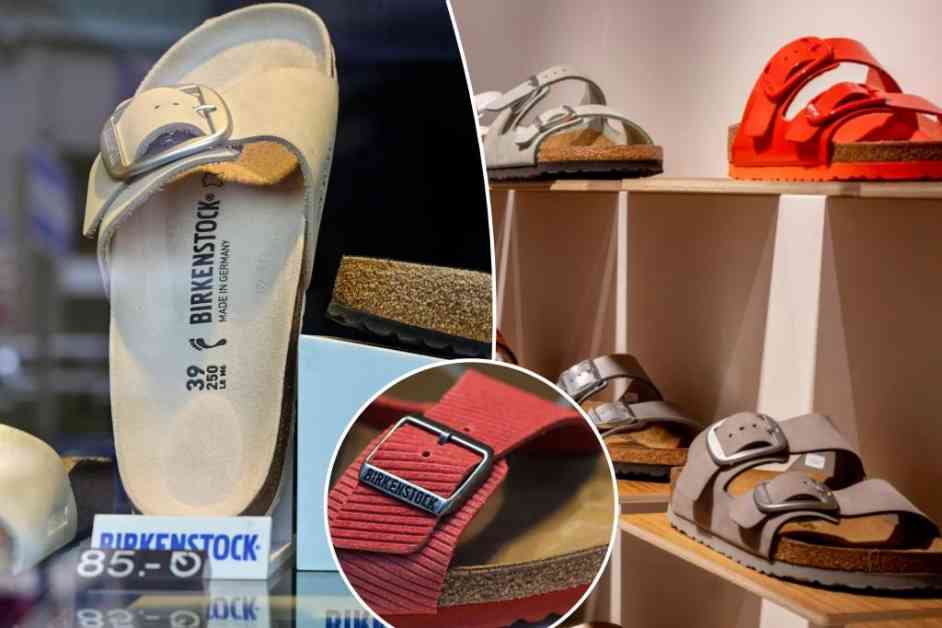German Court Dismisses Birkenstock Sandals as Artistic Works
In a recent ruling from Germany’s highest court for civil trials, the debate over whether Birkenstock sandals qualify as artistic works has finally been put to rest. The verdict? Birkenstocks are not art.
Birkenstocks, a favorite among influencers, Hollywood stars, and even Barbie, have long been a symbol of comfort and style. However, the company’s claim that their iconic sandals could be classified as art and thus protected by copyright laws has been met with skepticism by the court.
The legal battle began when the shoe manufacturer, headquartered in Linz am Rhein, Germany, filed a lawsuit against three competitors for selling shoes similar to theirs. Birkenstock argued that their sandals were “copyright-protected works of applied art” and should not be replicated.
The Original Birkenstock-Footbed Sandal, first introduced in 1963, features a distinctive flexible cork-latex footbed and a simple adjustable strap. Over the years, these sandals have made numerous notable appearances, from Kate Moss in the 1960s to Margot Robbie in the recent “Barbie” movie.
Design vs. Art: Legal Distinctions
German law distinguishes between design and art when it comes to copyright protection. While design focuses on practical functionality, works of art must exhibit a certain level of individual creativity to be eligible for copyright protection.
Design protection typically lasts for 25 years from the filing date, while works of art are safeguarded for 70 years after the creator’s passing. In the case of Birkenstock, Carl Birkenstock, the founder born in the 1930s, is still alive.
Birkenstock’s Legal Battle
In their legal battle, Birkenstock sought an injunction to prevent competitors from producing knock-off versions of their signature wide-strapped sandals with oversized buckles and demanded the recall of existing copies. However, the court dismissed their claim, citing a lack of artistic uniqueness required for copyright protection.
The judge emphasized that for a product to be eligible for copyright protection, it must exhibit a degree of design that showcases individuality. Birkenstock expressed disappointment in the ruling, calling it a “missed opportunity for the protection of intellectual property.”
The company reiterated its commitment to combating imitations through all legal means available. Despite their efforts, the court’s decision marked a significant setback in Birkenstock’s fight against copycats.
Divided Opinions: Lower Court Disagreements
Prior to the final ruling, two lower courts heard the case and offered conflicting opinions. A regional court in Cologne initially deemed the sandals as works of applied art and granted Birkenstock the requested injunctions.
However, Cologne’s higher regional court later overturned these orders on appeal, stating that the sandals did not meet the criteria for artistic achievement. Ultimately, the Federal Court of Justice sided with the appeals court, bringing an end to Birkenstock’s legal battle.
The court’s decision emphasized that a product could not be copyrighted if its design was primarily dictated by technical requirements or constraints. To qualify for copyright protection, a work of applied art must demonstrate a level of design that reflects individuality.
In conclusion, Birkenstock’s quest to classify their iconic sandals as artistic works has been met with legal scrutiny and ultimately denied by Germany’s highest court. Despite their efforts to protect their intellectual property, the ruling underscores the importance of achieving a level of design that is truly unique to qualify for copyright protection. Birkenstocks may be trendy and beloved by many, but they remain outside the realm of art in the eyes of the law.










